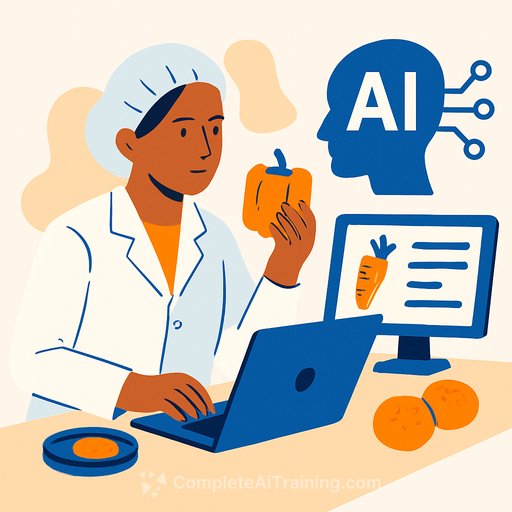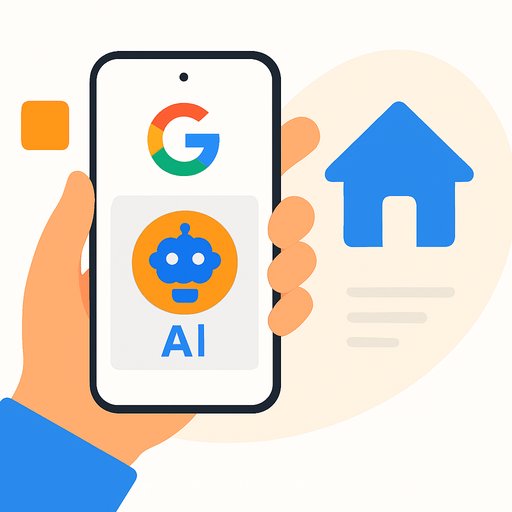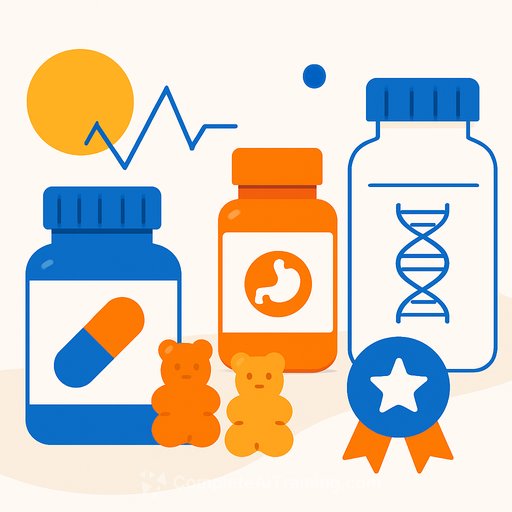AI won't take a food scientist's job - but a food scientist using AI might
AI is moving into food and beverage R&D with a clear promise: speed up the work, keep the science tight, and cut waste. IFT's CoDeveloper platform and its generative AI feature, Sous, are early examples of how this looks in practice.
Key takeaways for product developers
- CoDeveloper and Sous help teams move from blank page to viable starting formulations faster, reducing iteration cycles.
- Sous acts like a "co-scientist," surfacing technical considerations early and flagging roadblocks before they stall projects.
- Core risks: data privacy, outdated or non-peer-reviewed sources, workflow integration, and uneven team adoption.
- Scientists remain essential. AI connects them to consumer data, research insights, and tighter NPD workflows.
What CoDeveloper and Sous actually do
IFT built CoDeveloper to compress lab-to-market timelines and remove friction in formulation. Sous, the chat feature inside CoDeveloper, helps define target attributes, suggest formulation tweaks, and highlight trade-offs you'll face later in the process.
It pulls from IFT's 85+ years of peer-reviewed research and published content and supports responses with citations through a retrieval-augmented generation system. That means less time chasing references and more time making decisions.
As Renee Leber of IFT puts it: "AI can help get your first formulation much closer to the final product - potentially cutting the number of iterations in half."
How it fits into your workflow
- Early scoping: Turn consumer or brief inputs into science-backed starting formulas and constraints.
- Iteration support: Adjust ingredients and processes to hit targets like claims, sensory cues, price, or shelf life.
- Faster onboarding: For new categories or novel ingredients, Sous shortens the learning curve with relevant studies and starting points.
- Evidence on demand: Pull studies and published data directly into your working notes to justify decisions.
Where AI helps most
- Reducing blind trial-and-error by exposing hidden constraints up front.
- Connecting fragmented knowledge: internal know-how, supplier docs, and published research in one view.
- Creating strong first drafts of formulations that are closer to producible reality.
Known challenges you need to manage
- Data privacy: Some tools train on user inputs. Without guardrails, sensitive formulations or trade secrets can leak into model behavior.
- Source quality: Many AI tools pull from non-peer-reviewed content, which weakens confidence and can bias outputs.
- Freshness: If the model isn't updated regularly, you'll miss recent research and regulatory changes.
- Integration: Legacy LIMS, PLM, and QA systems may not connect cleanly. Expect change management.
- Adoption: Teams will vary in comfort and consistency. Training and clear SOPs are required.
Practical guardrails for safe, useful AI
- Define data rules: What can be entered, what cannot, and where AI is allowed to store or learn from your prompts.
- Demand transparency: Know the recency of the model's knowledge, how it cites, and how it handles bias.
- Prefer RAG with peer-reviewed sources: Use systems that can cite and let you verify. See an overview of retrieval-augmented generation.
- Train the team: Teach prompt structure, validation habits, and how to escalate uncertainty. Create a review step for AI-assisted outputs.
- Pilot in a narrow scope: One category, one brand, or one stage (e.g., early formulation) before scaling.
Will AI replace product developers?
Short answer: No. But a product developer who uses AI will move faster than one who doesn't. As Leber notes, AI provides "considerations, research, and potential pathways around roadblocks." The scientist still synthesizes, decides, and owns the outcome.
Expect AI to keep improving. As tools get more specialized, outputs will become more precise, relevant, and actionable for your category. The teams that learn how to use them now will set the new pace.
30-day action plan for R&D leaders
- Week 1: Pick two use cases (e.g., starting formulas and ingredient swaps). Set data-sharing rules.
- Week 2: Pilot Sous or a comparable tool on one active project. Require citation-backed answers.
- Week 3: Create a lightweight SOP: prompts to use, sources to trust, approval steps, and handoff points.
- Week 4: Review impact on cycle time and iteration quality. Decide on integrations and broader rollout.
Resources
Your membership also unlocks:






